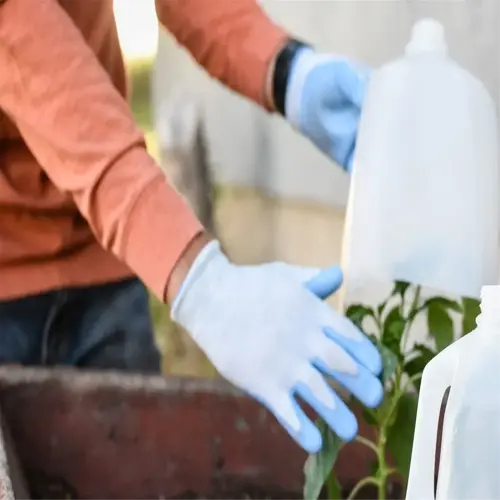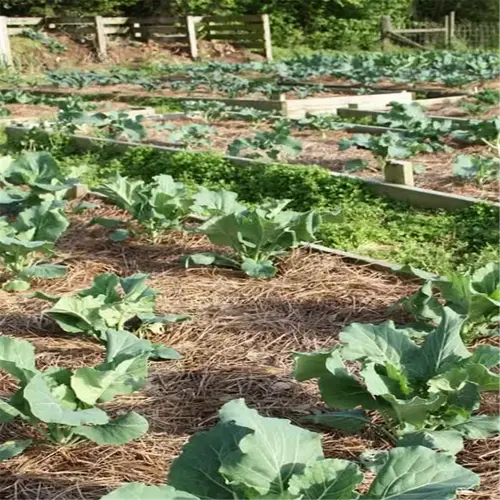Can plants recover from root rot?

Written by
Olivia Mitchell
Reviewed by
Prof. Martin Thorne, Ph.D.Signs of root rot serve as a quick trip to decay, but recovery is still possible with prompt action. My Monstera deliciosa experienced severe root rot but survived because I pruned blackened roots 12 hours after detecting the problem. Taking action quickly helps preserve the vascular system of any plant and guarantees continued nutrient flow to the rest of the plant.
Root Pruning Protocol
- Sterilize shears with 70% alcohol between each cut
- Remove all roots softer than a ripe banana
- Preserve white, flexible roots showing no discoloration
Soil Replacement Mix
- Combine 40% perlite + 40% orchid bark + 20% activated charcoal
- Pre-bake soil at 200°F (93°C) for 30 minutes to kill pathogens
- Layer 1" gravel at pot base for enhanced drainage
Watering Adjustments
- Reduce frequency by 60% during initial recovery (first 3 weeks)
- Use room-temperature water to prevent root shock
- Measure moisture with digital probes instead of finger tests
Before you leave, it has been suggested that you see if leaf turgor pressure can indicate recovery. Healthy leaves will have regained turgor pressure within 72 hours of good treatment. After filling my plant in fresh soil for 5 days, it had vertical leaf lift. Unsuccessful recoveries will continue to yellow and have soil that smells like rotten eggs.
Read the full article: Root Rot Symptoms: Signs, Causes, and Solutions

